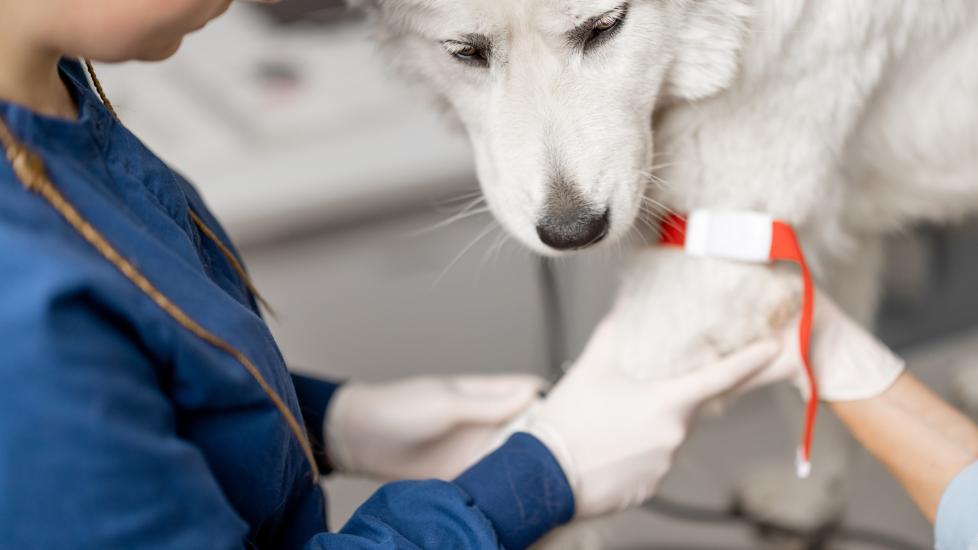Title: Understanding Cyanosis and How to Care for Your Dog with This Condition
Introduction:
In the vibrant tapestry of canine health, cyanosis stands out as a subtle yet significant thread. A condition that may be overlooked or mistakenly attributed to other causes, it is crucial for dog owners to understand what cyanosis means, how it manifests, and most importantly, how they can provide the best care for their furry companions affected by this condition. In this article, we delve into the intricacies of cyanosis in dogs, offering insights on its identification, potential causes, treatment options, and preventive measures. Let’s embark on a journey to ensure our beloved pets live happy, healthy lives despite any challenges they might face.
What Is Cyanosis?
Cyanosis refers to a bluish hue that may appear around a dog’s mucous membranes, gums, and tongue due to decreased oxygen levels in the blood. It is not only an indicator of poor circulation but also a sign of underlying health issues that need immediate attention from veterinarians. While some cases are transient and resolve quickly, persistent cyanosis warrants thorough investigation to address the root cause promptly.
Causes of Cyanosis in Dogs:
The primary reason behind cyanosis is inadequate oxygenation of the blood. This could stem from various conditions affecting the heart, lungs, or blood vessels such as congenital defects, heartworm disease, congestive heart failure, anemia, collapsed trachea, or even certain medications. In rare instances, it might be related to exposure to toxins or carbon monoxide poisoning.
Recognizing Symptoms:
Aside from the telltale blue tinge, symptoms like lethargy, difficulty breathing, rapid heartbeat, exercise intolerance, and fainting spells often accompany cyanotic episodes. These signs should never be ignored and warrant a visit to the vet immediately. Early detection can lead to more effective treatments and management strategies tailored to your pet’s unique needs.
Treatment Options:
Once diagnosed, treatment will depend on the underlying cause. For instance, if heart problems are the culprit, medication to control fluid buildup and regulate heart rhythm might be prescribed alongside dietary changes and lifestyle adjustments. Oxygen therapy may also be used temporarily until the situation stabilizes. Regular check-ups and monitoring are essential to adjust therapies based on your dog’s progress.
Prevention Strategies:
To minimize the risk of cyanosis developing or worsening, maintaining a regular vaccination schedule, feeding a balanced diet rich in nutrients, providing adequate exercise appropriate for your dog’s breed and age, and avoiding overexertion during hot weather are all important steps. Additionally, spaying/neutering early can help prevent hormonal imbalances that may contribute to cardiovascular diseases.
Conclusion:
Caring for a dog with cyanosis requires patience, dedication, and close collaboration with veterinary professionals who specialize in managing complex medical conditions. By staying informed about your pet’s health status and being proactive in seeking treatment when needed, you can give them the love and support they deserve throughout their life—even through challenging times like these. Remember, every pup deserves a chance at living a full and joyful existence; let us do everything within our power to make that happen.
